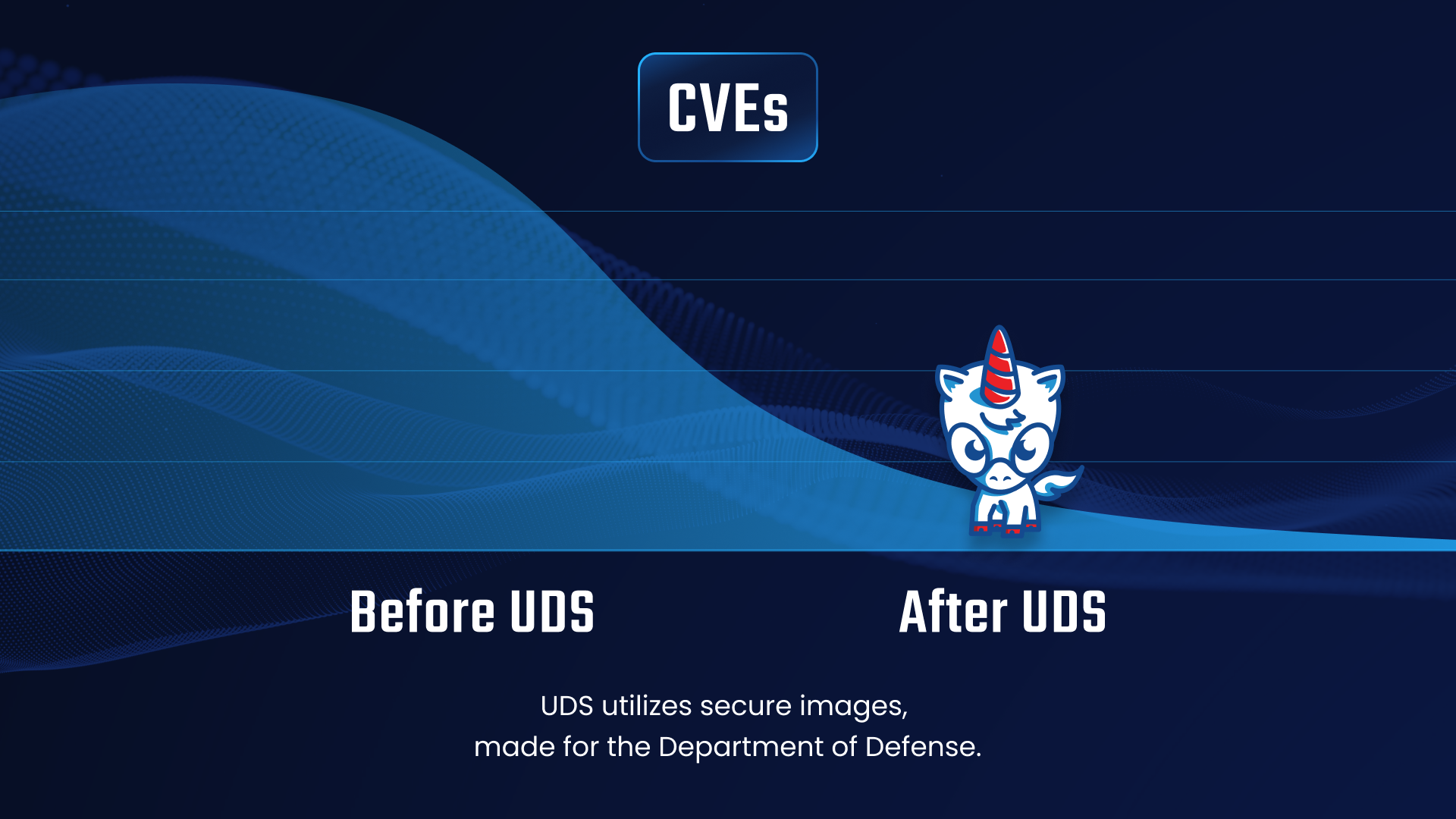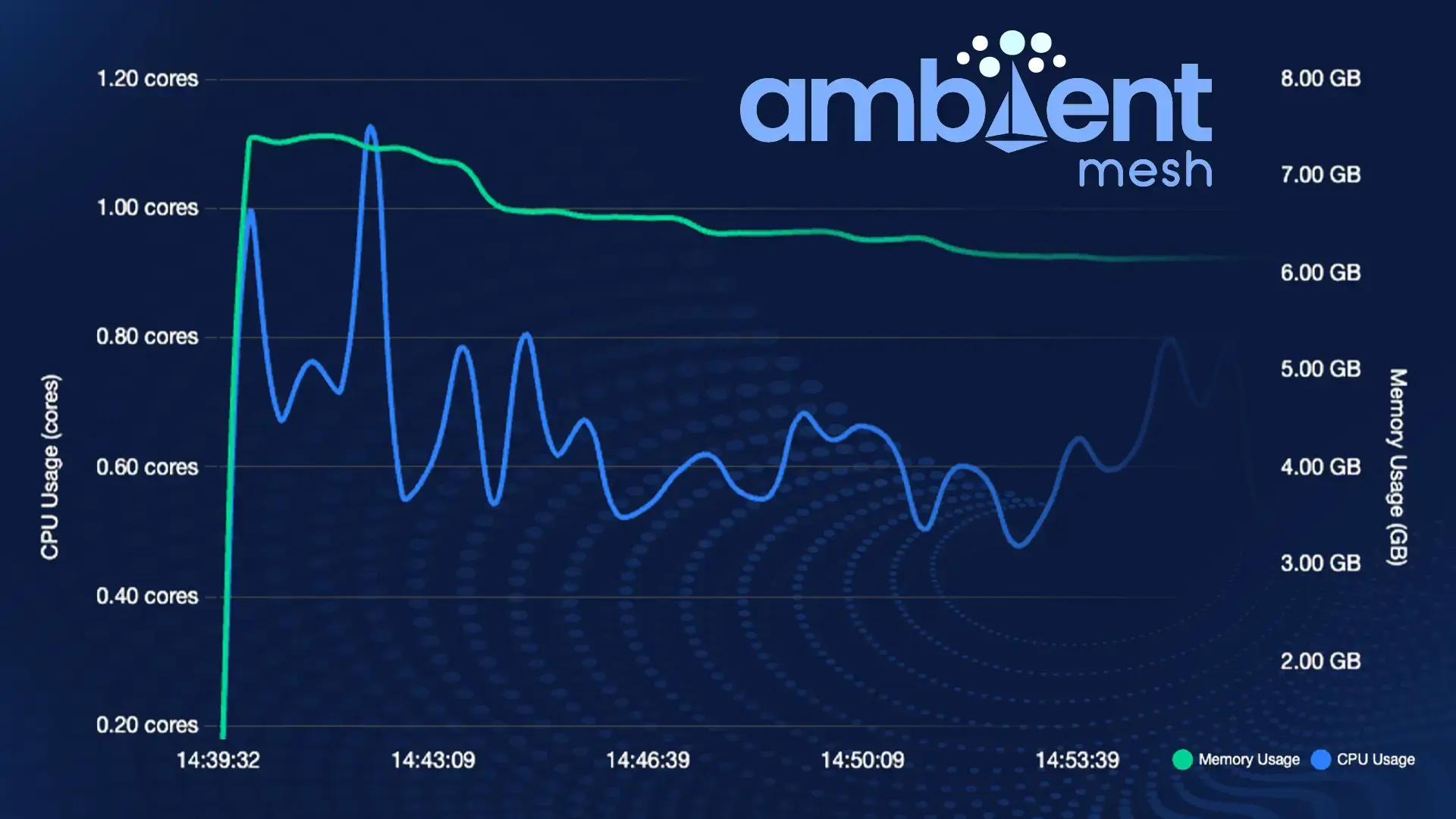Managing CVEs in Defense Systems for Real-Time Risk Mitigation

Modern defense operations rely heavily on software, making vulnerabilities a critical concern. Common Vulnerabilities and Exposures (CVEs) are a scoring system for tracking those pesky bugs that can undermine software security. Bugs which are a reality in even the most widely used tools across the Department of Defense (DoD). Instead of just scanning for these vulnerabilities and filing them away as risks, we at Defense Unicorns focus on what matters most: reducing the real-world impact of CVEs and ensuring systems stay mission-ready.
Rethinking the CVE Problem: From Theoretical to Practical
Not all vulnerabilities are created equal. Sure, a CVE may technically be a "high risk," but the actual likelihood of it being exploited depends on context. For instance, think of a safe buried under your house with $1 million inside. Technically, it's vulnerable to theft. But getting to it requires digging up the house, cracking the safe, and bypassing security systems—a practical improbability.
Similarly, at Defense Unicorns, our tools like the UDS apply layers of defense to software vulnerabilities, reducing their exploitability. By using technologies like service meshes, runtime scans, and proactive configurations, we shield applications so effectively that most CVEs never pose a meaningful threat.
Mitigating Risks, Not Just Identifying Them
One major challenge in the DoD software ecosystem is how vulnerabilities are traditionally managed. Many teams rely on scans performed during development or build stages, with little follow-through during actual operations. That's like locking your doors before leaving for vacation but leaving your windows open.
UDS flips this approach by extending protection into the runtime. Vulnerabilities aren't just identified during builds; they're managed continuously. Consider SonarQube, where a CVE allowed access through a backdoor if the software is run on its default port. A simple fix—changing the port configuration—was all it took to eliminate the risk. These sorts of changes are made simple by UDS, which goes beyond simple container orchestration with deeply pre-integrated applications. In addition, our Airgap Store clearly identifies the CVE posture of any pre-integrated application so those teams can make informed decisions before incorporating new tools to their environment.
Freedom to Act: No Vendor Lock-In, No Stalled Missions
A particularly frustrating issue in defense software is how vulnerabilities can grind operations to a halt. When a critical app is compromised, missions often have to wait for a patch or workaround. That's unacceptable.
UDS is built to prioritize mission continuity. If an application becomes a liability, our layered approach lets teams uninstall it and switch to a secure alternative without disrupting operations. Defense Unicorns is an open source company first and foremost, and has designed UDS to avoid vendor lock-in, giving you the flexibility to choose the best solution for your needs—whether that's replacing a compromised tool or introducing new capabilities to meet mission requirements.
Less Risk, More Focus on the Mission
At the end of the day, the job of a software platform isn't just to check compliance boxes or spit out vulnerability reports. It's to lower the operational burden on mission teams and let them focus on the work that truly matters. UDS does this by leveraging our open-source tools like Zarf and Pepr, which simplify packaging and delivery while automating much of the risk management process. Instead of worrying about whether their software is secure, teams can trust that UDS has already addressed the biggest risks.
Looking Ahead
The landscape of software vulnerabilities is constantly evolving, and staying ahead of it requires more than just good tools—it takes a different mindset. At Defense Unicorns, we're committed to turning the CVE challenge into an opportunity to strengthen systems, streamline operations, and ensure that defense teams always have the upper hand.


